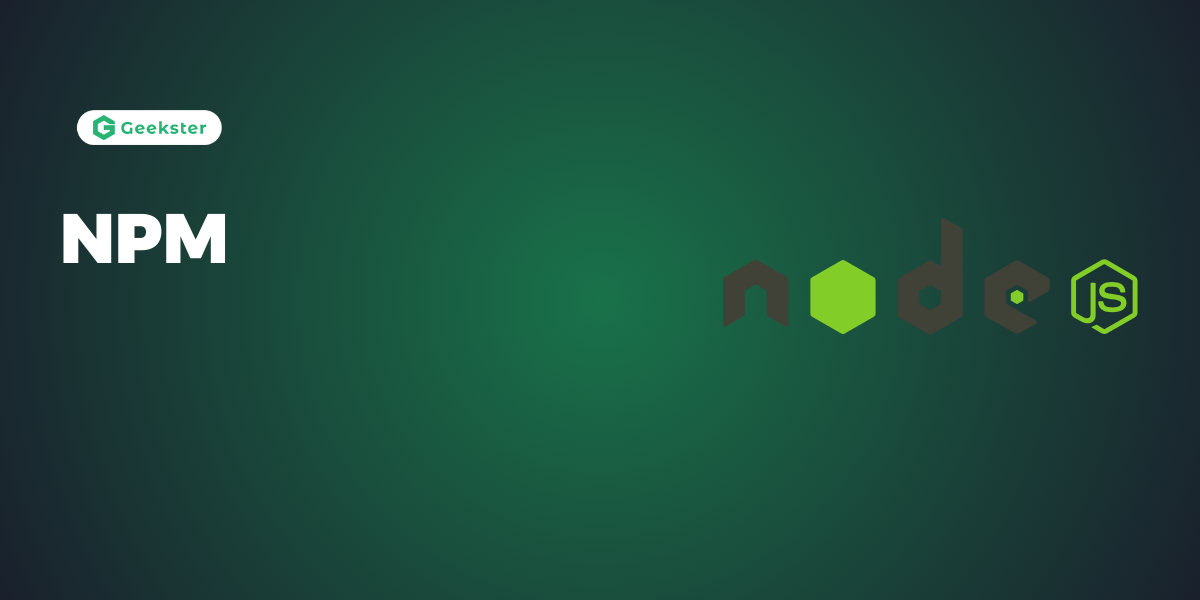Introduction to NPM
Node.js, with its extensive ecosystem, relies heavily on the Node Package Manager (NPM) to manage dependencies, streamline development workflows, and facilitate code sharing among developers worldwide.
NPM is the default package manager for Node.js, providing a vast repository of open-source JavaScript packages and tools. It enables developers to easily install, manage, and publish packages, making it an essential component of modern JavaScript development.
Features of NPM
- Package Installation: NPM allows developers to install packages from the NPM registry using simple commands, such as
npm install <package-name>. - Dependency Management: It automatically manages dependencies by installing the required packages and their dependencies recursively.
- Script Execution: It provides a mechanism for defining and running custom scripts in the
package.jsonfile, allowing developers to automate common tasks. - Publishing Packages: Developers can publish their own packages to the NPM registry, making them accessible to the wider community.
- Scoped Packages: It supports scoped packages, allowing organizations to namespace their packages and manage access permissions.
Advantages of NPM
- Rich Ecosystem: It offers a rich ecosystem of over a million packages, covering a wide range of functionalities, from utility libraries to full-fledged frameworks.
- Efficiency and Productivity: Leveraging existing packages, developers accelerate workflows, reduce code duplication, and focus on higher-level problems.
- Community Collaboration: It fosters collaboration and knowledge sharing within the JavaScript community, enabling developers to contribute to open-source projects. It allows them to benefit from shared expertise.
- Version Control and Dependency Resolution: NPM’s versioning and dependency resolution mechanisms ensure that projects maintain consistency and stability, even as dependencies evolve over time.
- Scalability: It scales seamlessly to support projects of all sizes, from small scripts to large applications. Its efficient package management capabilities ensure smooth performance.

Code Example
- Installing Packages:
npm install lodash- Defining Scripts in
package.json:
"scripts": {
"start": "node index.js",
"test": "jest"
}Conclusion
NPM plays a central role in the Node.js ecosystem, empowering developers to build robust, scalable applications with ease. Its rich features, vast package repository, and strong community support make it an indispensable tool for modern JavaScript development. By mastering NPM, developers can streamline their workflows, leverage existing solutions, and contribute to the growth of the JavaScript ecosystem.
Frequently Asked Question
To initialize a new NPM project, navigate to your project directory in the terminal and run npm init, which will guide you through creating a package.json file.
You can install a specific version of a package by appending the desired version number to the package name during installation, e.g., npm install <package-name>@<version>.
package-lock.json file? The package-lock.json file locks down the version of each package dependency installed in a project, ensuring consistent and reproducible builds across different environments.

